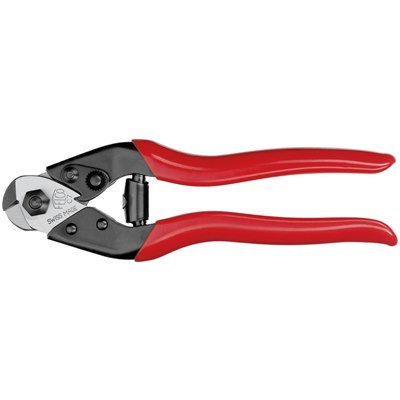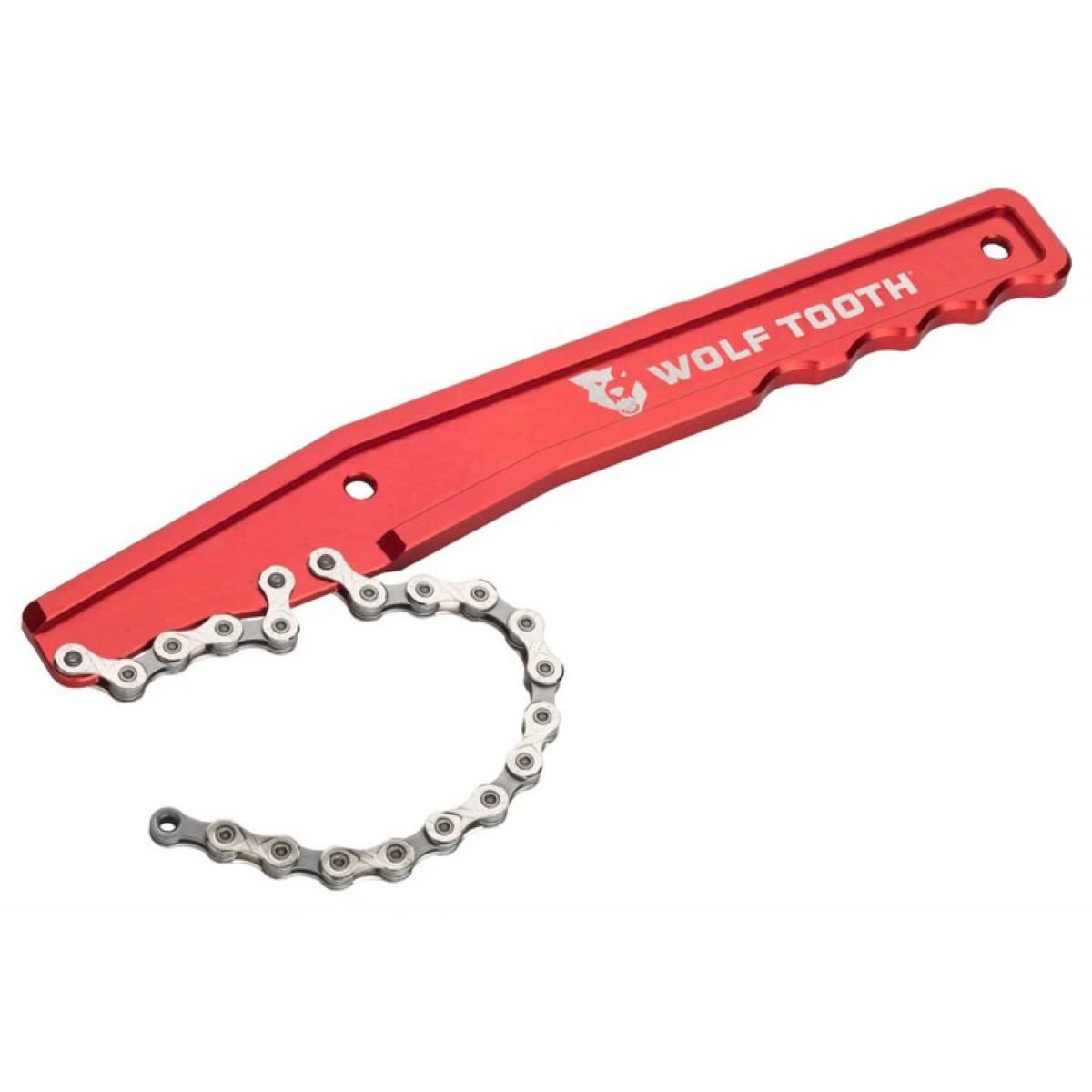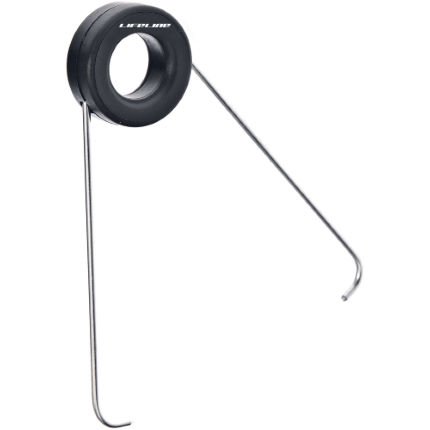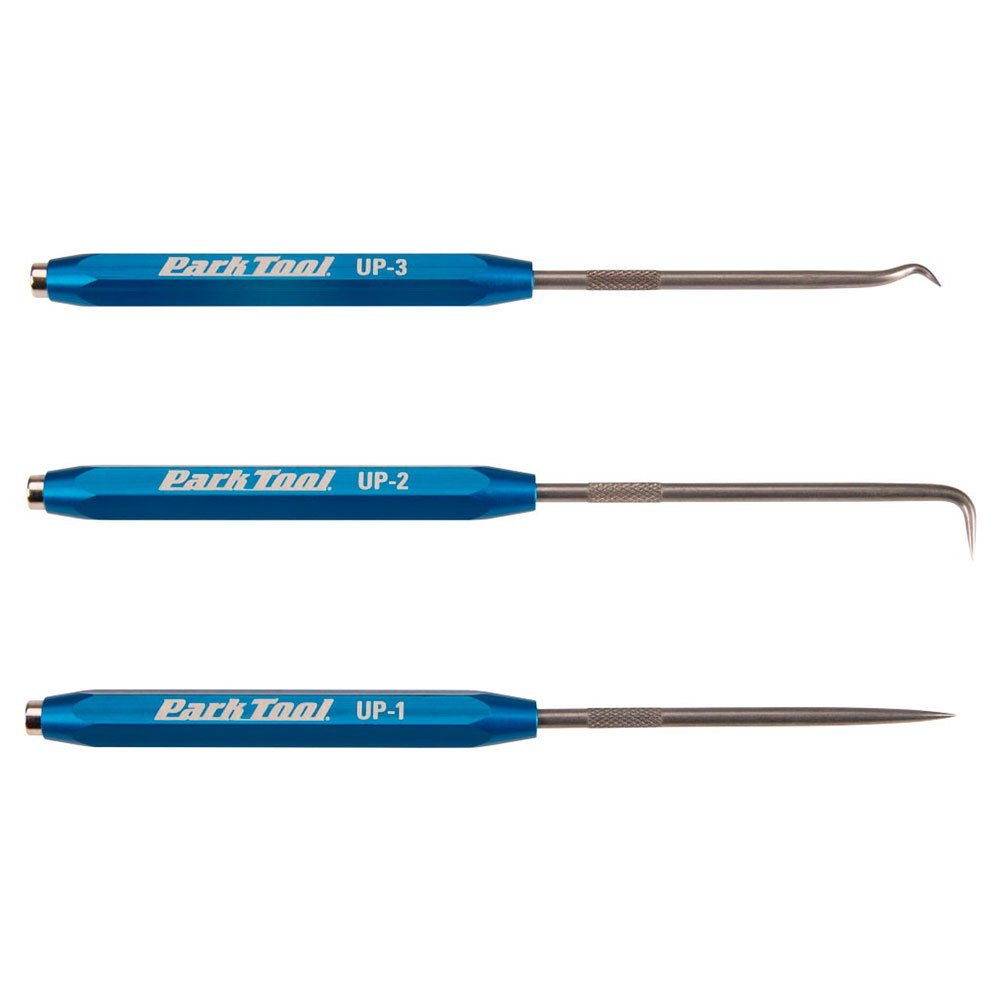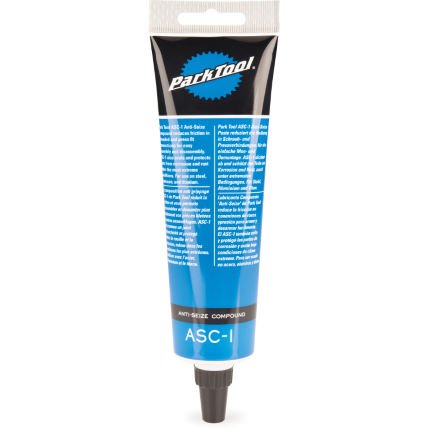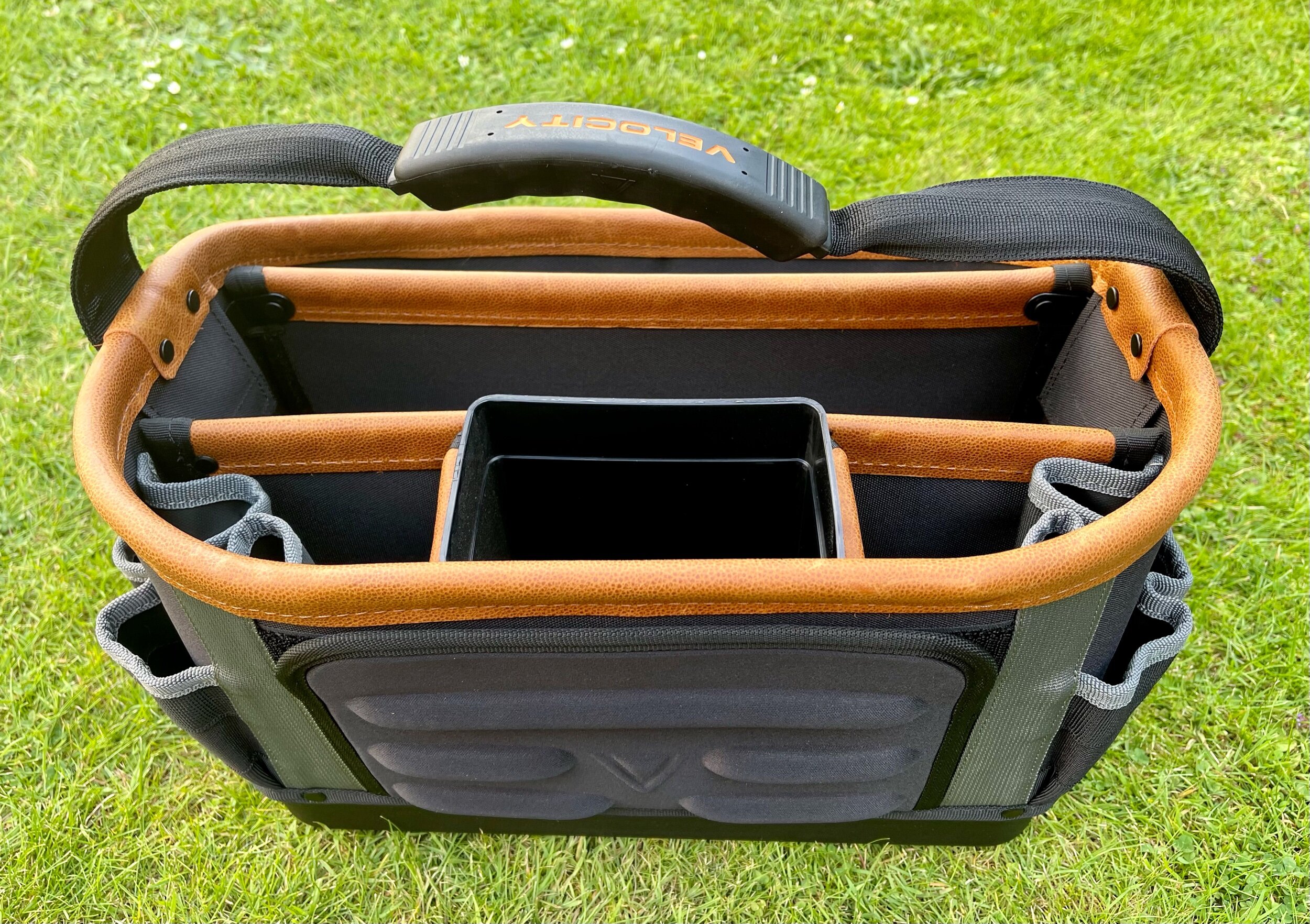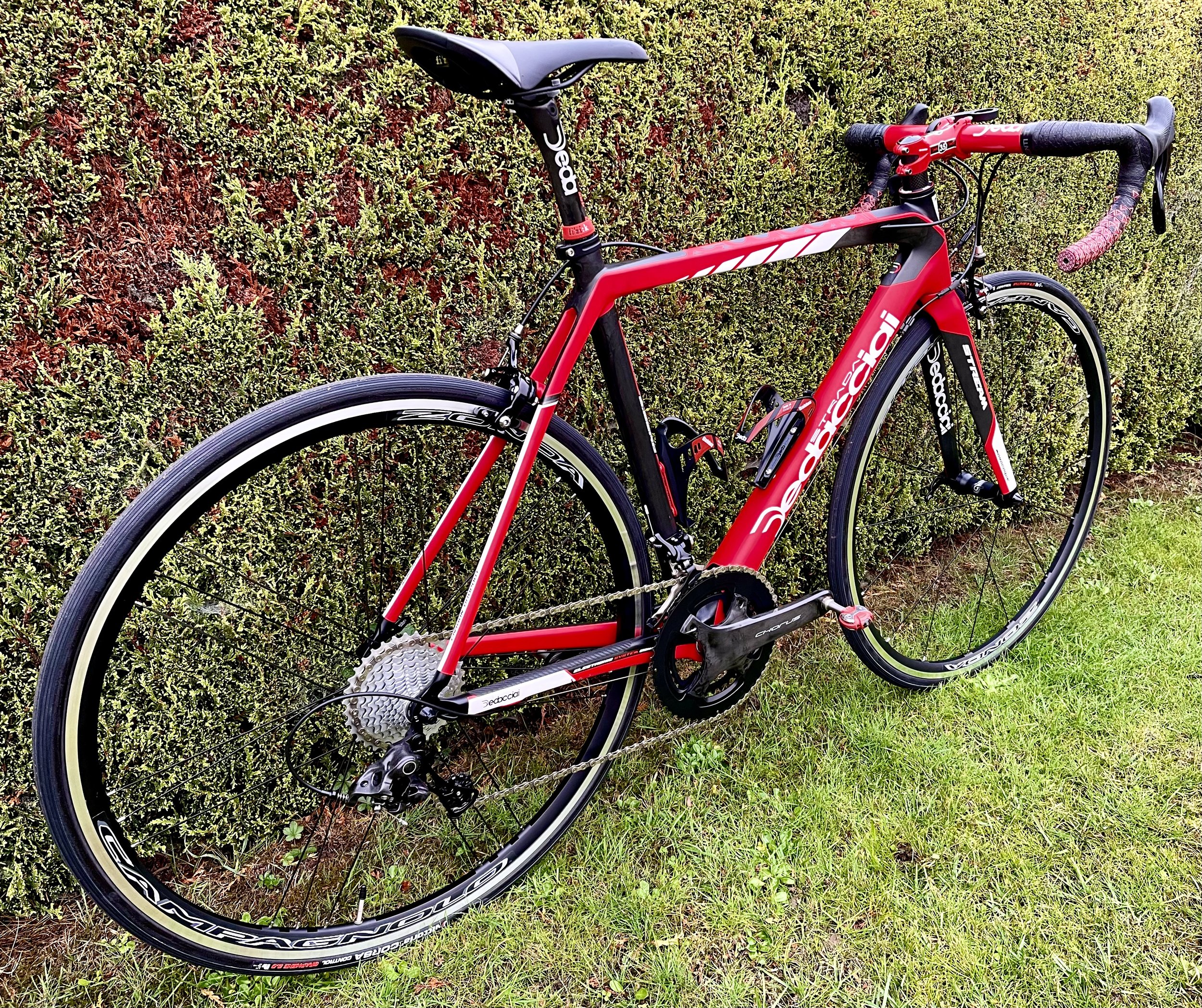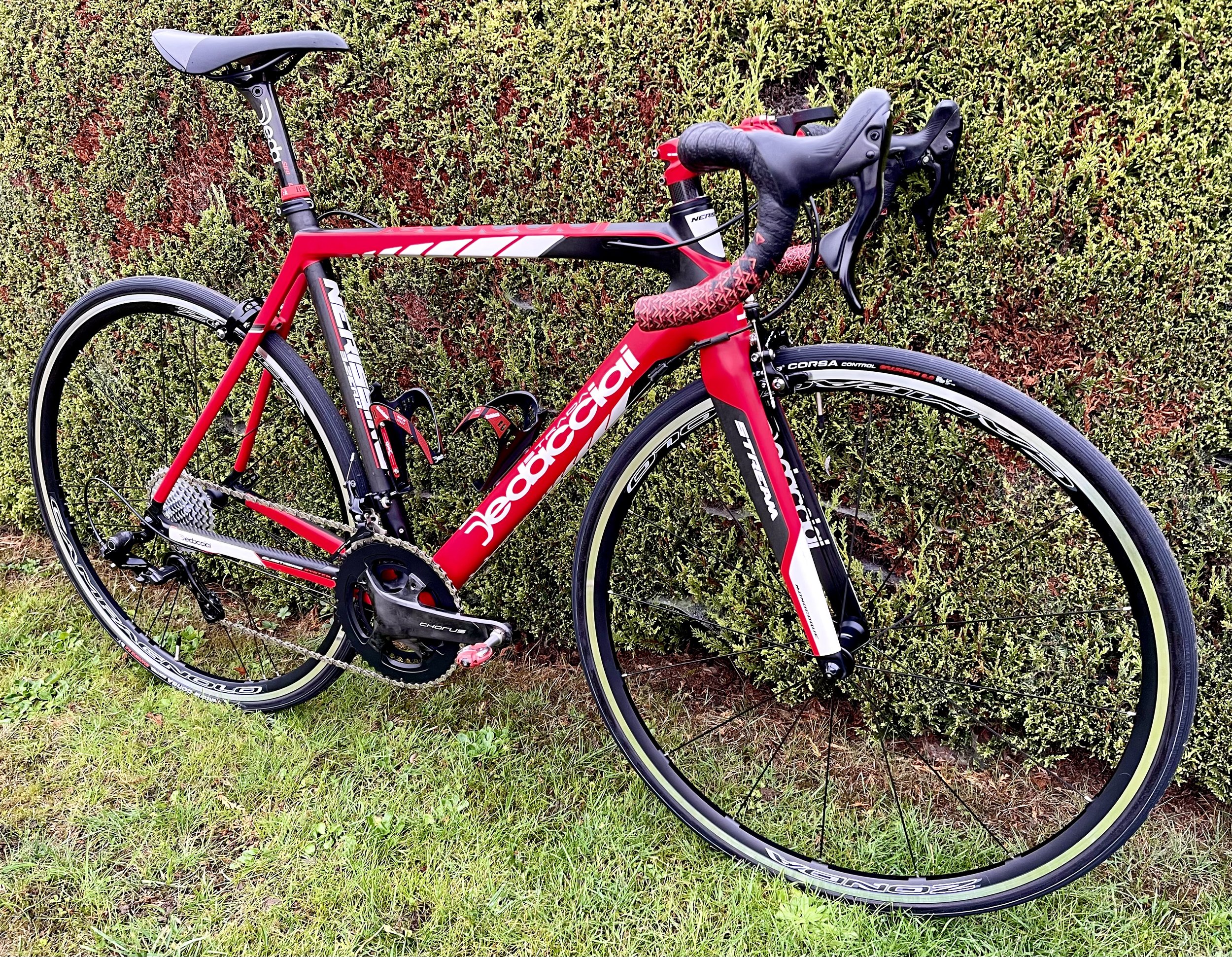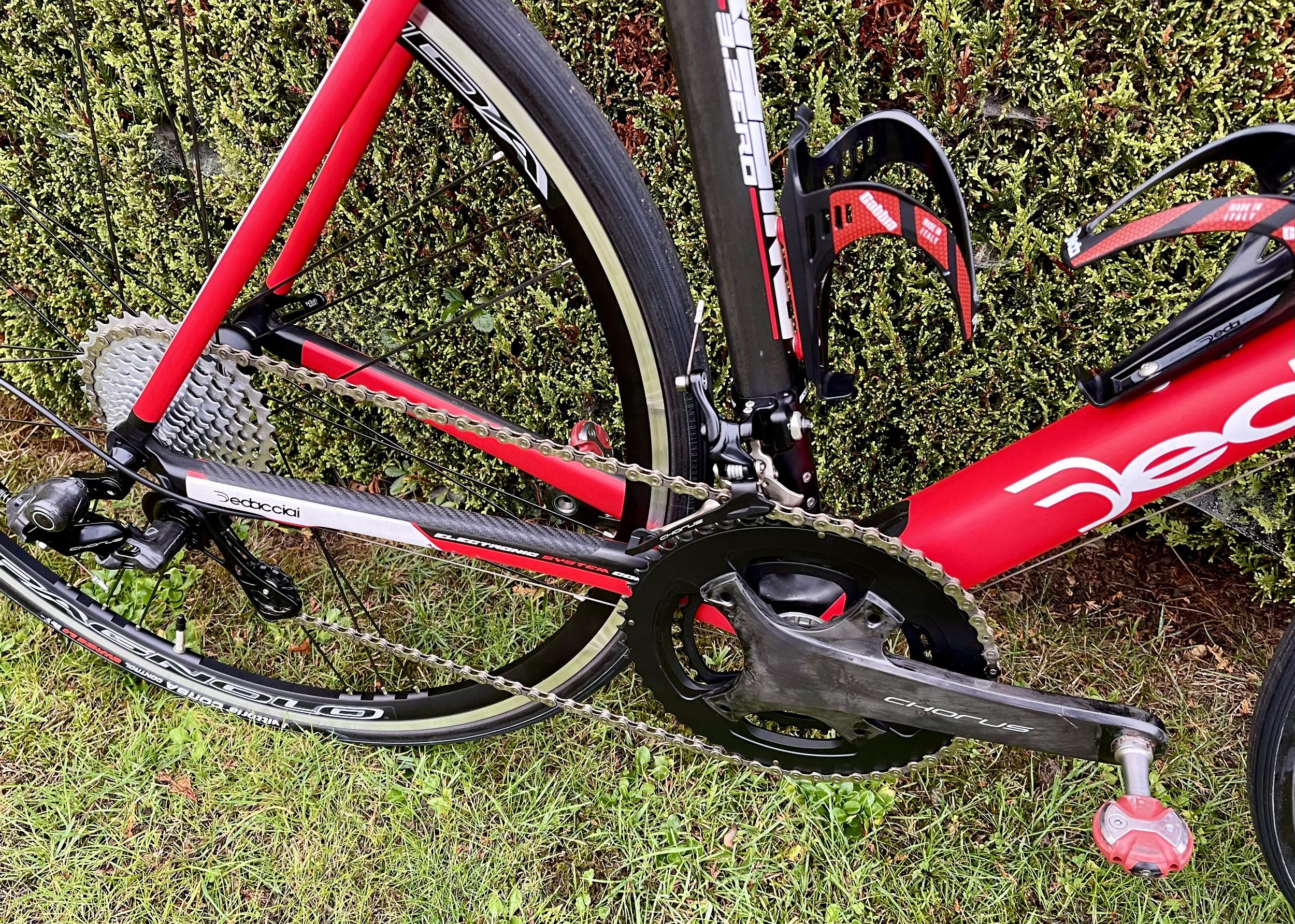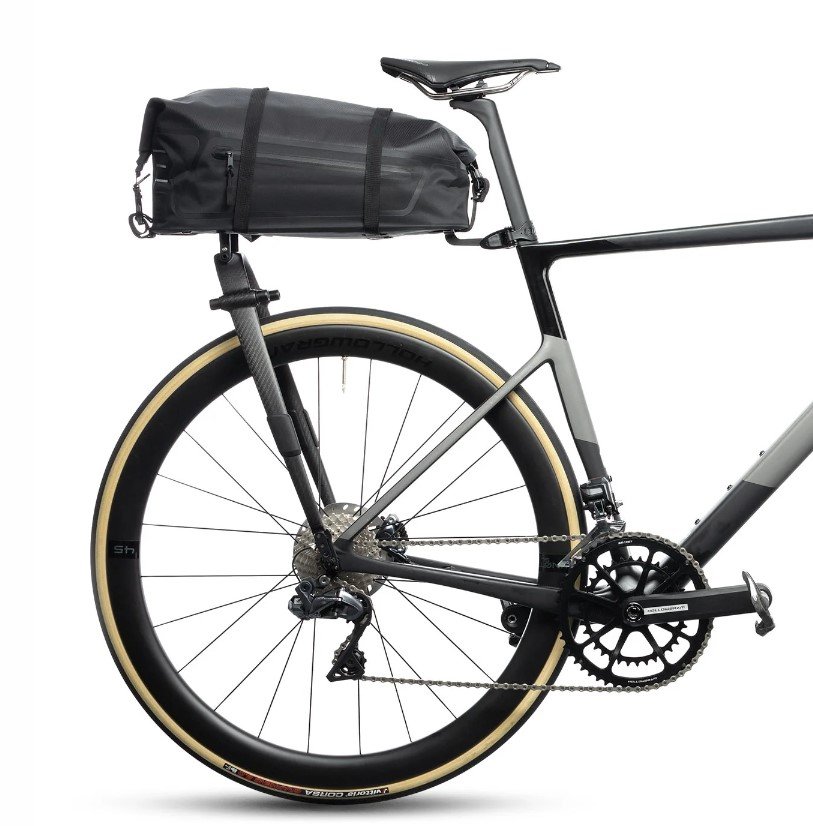
Tools & Tech
Basic Tools
I have listed an ideal basic tool set-up which will allow you to undertake all of the basic bike repairs and servicing covered in the Pedal Lincolnshire basic & advanced certificate courses. These are not always the very best available but they are all tools that are of excellent quality and great examples of their type which will serve you and your prized bikes well.
Allen Keys – Buy the very best you can afford, or you will end up damaging expensive fasteners and fittings. Both hex and torx sets
Example: Silca HX-TWO Travel Kit
Hex wrenches: 1.5, 2, 2.5, 3, 4, 5, 6, 8, 10mm
Torx® wrenches: T7, T8, T9, T10, T15, T20, T25, T27, T30
Screwdrivers – 4 Basic screwdrivers are the backbone of any bicycle toolkit (2 x slotted and 2 x cross head, although the large crosshead should really be a JIS (Japanese Industry Standard) Cross head which is slightly different to a normal phillips cross head and works better on many Asian components)
Phillips #0 & #2
Flat blade 3mm & 6mm
Examples:
Vessel Megadora 900 P2 X 100 (JIS for derailleur adjustment)
Park Tools Flat Head 6mm & 3mm
Park Tools cross head #0
Cable Cutters – One of the most used items in a mechanics tool box and one tool that needs to remain sharp and accurate and of very high quality
Example: Felco C7 wire cutters – The best of the best
Needle nosed pliers – Ideally a pair of both traditional and needle nosed but for most jobs needle nosed are preferable
Example: Park Tools NP-6 Needle Nosed Pliers
Chain whip – To enable cassette removal for replacement and cleaning
Example: Wolf Tooth ultralight Chain Whip Removal Tool
Cassette Removal Tool – Many variants out there for both Shimano/Sram and Campagnolo cassettes, Abbey Tools make a ‘dual headed Crombie Tool’ for both but its expensive!
Example: Park Tool FR-5.2 (Shimano/Sram)
Chain Tool Splitter – A high quality chain tool in the range of 5-12 speed is ideal and with replaceable pins even better
Example: Park Tool CT-3.3 - Professional Chain Tool
Pedal Wrench – Long and strong with plenty of leverage and good grip
Example: Lezyne Classic Pedal Spanner
Chain Link Pliers – To undo and fasten chain quick link connectors
Example: Super B TB-3323 Connecting Link Plier
Tyre Levers – Strong and precise with locking ability are the best, never use steel ones
Example: - Pedros Tyre Lever Pair (the best)
Chain Link Holder – A little gadget for helping join chain links (predominantly Campagnolo and older style chain connectors)
Example: Lifeline Chain Connector Aid
Cable Crimping Tool – To securely and neatly finish off those cable ends to stop them fraying
Example: Elvedes Endcap Crimping Tool
3-Way Hex wrench – Whilst not essential it is one of the most used items in any professional mechanics tool kit 4/5/6mm heads
Example: Pedros Y Hex 4/5/6mm key
Small Hex Drivers – 3 X small hex drivers for gear adjustments, Garmin mounts etc (highly useful and time saving)
Example: PB Swiss Tools PB 8205 Series SwissGrip Screwdriver Hex 2/2.5/3mm sizes
Chain Checking Tool – Essential for checking on chain wear and preventing further drivetrain damage
Example: Park Tools CC 3.2
Torque Wrench – Essential for adjusting delicate carbon interfaces and fittings (2-16 range for most jobs and larger one for bigger jobs – Bottom Brackets etc)
Example: Effetto Mariposa Giustaforza II 2-16 torque wrench
Scissors – Essential for cutting bar tape and cable ties etc, buy a good strong long lasting pair
Example: Crescent Wiss Heavy-Duty Tradesman Shears 254mm (10in)
Picks and Prodders – Essential for retrieving internal cables and opening up cable outers etc (beware of magnetic ends on some so you don’t drag and drop tools onto expensive paint jobs!)
Example: Park Tools UPSET Utility Pick Set
Lubricants, assembly pastes, anti-seize and chain lube – The 4 main staples of any mechanics bench. Almost every threaded item needs either assembly paste or anti-seize and all bearings and chains need lubricant to perform efficiently.
Examples:
Park Tools PPL-1 Polylube 1000 lubricant for bearings and headsets
Park Tools ASC-1 Anti- Seize Compound for Bottom Brackets and pedal threads etc
Park Tools SAC-2 Supergrip Carbon and Alloy Assembly Compound for handlebars stems and many other fittings
Chain Lube – An essential to keep your drivetrain running smooth and quiet and for the longevity of the moving parts. Wet and Dry and All-Weather, bewildering choice that depends on your riding styles
Example: Smoove Universal Chain Lube (Along with ‘Squirt’ offers fantastic protection and with minimum mess and collection of road crud etc)
The aftermath of a gold service
Wheels manufacturing hub press and over-axle kit for servicing those precious bearings and keeping those wheels spinning
KCNC bottom bracket conversion - BB30 to Shimano 24mm screw-fit
Bit of toolbox husbandry this evening - decided to keep my most used ‘small tools’ in a tool roll and then the smaller ‘medium use’ tools I kept in my Park Tools tool box I’ve cut into foam and divided into 4-layers that fit snug into the Park Tool Box. Longer daily use tools in a tool bucket with oils and lubes etc and remaining less used specialist tools in a tool chest. Hopefully this will keep me best organised and better accountable. #toolboxwars
Damon is available for private hire to support your personal or group cycling challenge as both medic & mechanic, as well as chaperoning you and assisting you in all logistical and planning aspects of your challenge (pic shown on a recent mobile mechanic support job in Italy)
Loving the new Park Tools mobile work bench. Bit lighter and quicker to assemble than my Pedro’s equivalent.
Effetto Mariposa Torque Wrench - Giustaforza 11 2-16 Pro Delux
With a ratcheting head and cycling specific bits, this deluxe torque wrench is probably the best on the market for professional cycle mechanics and keen amateurs. Reliable, accurate, tough and with a free calibration service, it isn’t cheap bit it is the best!
Cassette Removal Tools
designed to make cassette removal as easy as can be. Degreasing your cassette in-situ is NOT an option unless you enjoy the sound of rumbling wheel bearings and groaning free-hub bodies. To effectively deep-clean your cassette requires its removal, which with the correct tools and a little skill can be a relatively simple job!
Abbey Tools - Dual sided (Shimano / Campy) Crombie tool and Whip
Wolf Tooth lightweight chain whip and Park Tools handled cassette removal tool
Abbey Tools Crombie Tool and Chain Whip
Abbey Tools Crombie Tool
Abbey Tools Ti Team Issue Hammer
Park Tool BBP-1.2 Bottom Bracket Bearing Press
CeramicSpeed Dual Socket BB Tool T47/T45 Colnago
Side A: 16 Notch Ø52.2mm for T47X86 for Shimano/SRAM GXP/ Campagnolo UT/30mm/SRAM DUB
Side B: 16 Notch Ø53.0mm for T45 (Colnago Threadfit 82.5) Shimano/SRAM GXP/Campagnolo UT/30mm/SRAM DUB
Unior Hub Genie; A unique solution for removing hub end caps while servicing the hubs or or converting them to different standards. Stops damage to the hub caps when using pliers etc to remove them!
Velocity Rogue 3 Tool tote
The ‘Velocity Rogue 3’ Tool Tote is possibly the ultimate grab bag / tool caddy for any mobile mechanic / plumber or electrician. With a 3yr warranty this extremely well made and hard wearing tool bag is the epitome of form and function, with dozens of pockets, a removable carton for potions and lotions and a padded back, handle and carrying strap this is the dogs do-daas of tool transportation and ease of access. My search is over!
Finally finished assembling the latest weapon in my performance armoury. Ta Da, The Dedacciai Nerissimo 12-speed Campag ‘Red rocket’.
Hard to find engineering excellence in this modern era with designers having way too much influence in design rather than being engineering led. This gorgeous super stiff frameset still keeps external gear cabling whilst also allowing for Di2 intervals if required.
Deda frame-sets have super smooth internal tubing too, (achieved by injecting foam) rather than the many complicated frame-sets who use an internal bladder to form their shapes which results in rough intervals and nightmare cable friction problems with their rough innards and ridiculously angled cable runs.
The Campy 12-speed drivetrain is an absolute dream in operation, still 11/34 range at the back but with way fewer steps to achieve that than a clunky (ier) 11 speed with the same range. The gear changes are positive clicks with the USP of being able to upshift 3 gears at a time and downshift 5 gears at a time (if you’ve not tried this it’s simply awesome)
Campag Zonda wheels are still the best everyday wheel-set on the market and fitted with the Corsa Control rubber are faultless for everyday riding. Finishing kit is about as good as it gets for performance, and all up weight is a reasonable 7.78kg ready to roll
Dedacciai Nerissimo high modulus t700 carbon frame
Campagnolo Chorus Carbon Chainset - 12 Speed - Black / 36/52 / 172.5mm 11/34
Deda Superleggera 35 Carbon handlebar and stem and Deda Superleggero carbon seatpost,
Fizik Aliante saddle,
Speedplay zero pedals
Campagnolo Zonda wheelset and Vittoria Corsa Control 25mm tyres
Deda loop bar tape
Deda bottle cages
Garmin mount
Bike - Packing & Cycle Touring
The evolution of cycle touring and bike-packing Bike-packing and cycle touring are both forms of long-distance cycling, but they differ in terms of equipment, routes, and overall experience.
Traditionally bike-packing involves using lightweight gear and specially designed bags to travel off-road trails, gravel paths, and sometimes even paved roads. It emphasizes self-sufficiency and often involves shorter, more adventurous routes that might not be suitable for traditional touring bikes. Bike-packing is about exploring remote and challenging terrain while carrying minimal gear.
Cycle touring, on the other hand, typically involves using fully-loaded touring bikes and panniers to travel longer distances on paved roads and well-established routes. It often includes more comfort-oriented setups, with larger amounts of gear and provisions for extended journeys. Cycle touring is often associated with road trips and exploring various landscapes, cultures, and places along the way.
In essence, bike-packing leans towards lightweight and off-road adventures, while cycle touring tends to focus on longer distances and more traditional road-based travel.
The modern era of cutting edge cycle design and the advent of high-tech sophisticated clothing and technology along with the convenience of online accommodation bookings as all but done away with these divisions in capability, and we now have bikes that are equally at home on either the rough stuff or the smooth making versatility the key to good design these days.
1st Genereation
Traditionally, Cycle-Touring was undertaken on heavy steel bikes with heavyweight tarpaulin panniers fixed to an alloy carrying frame and you carried everything including the kitchen sink with you! This was before the days of lightweight bikes, high-tech clothing, GPS navigation, mobile phones and Air B&B’s etc. You left home and planned to be completely self sufficient, as nothing apart from a route could really be planned for!
2nd Generation
Enter the adventure age, lightweight all-terrain bikes, waterproof soft luggage, GPS navigation, mobile phones, booking.com, GPS navigation, lightweight waterproof and quick drying clothing and the ability to book each days accommodation whilst drinking your mornings coffee.
3rd Generation
Bike-packing goes aero! High Tech lightweight materials with all the convenience of panniers and soft luggage but the added benefits of behind the saddle wind-beating streamlining and the easy convenience of swapping between any bike you chose, including both rim and disc braked variants. (additional panniers and bags can be added to system)
What is a Gravel Bike
A gravel bike is a versatile type of bicycle designed to handle a variety of terrains, including gravel roads, dirt trails, and paved surfaces. It's designed to offer a balance between the speed and efficiency of a road bike and the durability and stability of a mountain bike. Gravel bikes typically have wider tires with a tread pattern that provides better traction on unpaved surfaces, disc brakes for consistent stopping power, and a more relaxed geometry for comfort during longer rides. They often have mounting points for racks and fenders, making them suitable for bike-packing and touring adventures as well. Gravel bikes are popular for riders who want to explore mixed terrains and enjoy the flexibility to tackle different types of roads and paths.
What is a Touring Bike
A touring bike is a type of bicycle specifically designed for long-distance travel and extended journeys, often involving multi-day or even multi-week trips. These bikes are built to carry heavy loads and provide comfort and stability over various road conditions. They typically have features such as sturdy frames, relaxed geometry for a comfortable riding position, strong wheels, and multiple mounting points for racks and panniers to carry gear and provisions.
Touring bikes usually come with wider tires for better stability on different surfaces and are equipped with durable components that can withstand the rigors of long-distance riding. They also often have additional features like fenders to protect against rain and mud, as well as a wide range of gears to handle varying terrains.
The design of touring bikes makes them well-suited for self-supported travel, allowing cyclists to carry everything they need for their journey and explore different landscapes and cultures at a more leisurely pace compared to road racing or mountain biking.
Clothing & Equipment for Cycle Touring & Bike Packing
clothing and equipment you might want to consider for your bike-packing adventure:
Clothing
1. Cycling Shorts: Padded shorts for comfort during long rides.
2. Cycling Jerseys: Moisture-wicking jerseys to stay cool and dry.
3. Base Layers: Lightweight and breathable shirts for temperature regulation.
4. Rain Gear: Waterproof jacket and pants to stay dry in wet conditions.
5. Insulating Layers: Sweaters or jackets for warmth during cooler evenings.
6. Arm and Leg Warmers: Easily removable layers for changing weather.
7. Gloves: Cycling gloves for grip, padding, and protection.
8. Headwear: Cycling cap or bandana to shield from sun and sweat.
9. Footwear: Comfortable cycling shoes or versatile shoes suitable for walking.
10. Socks: Moisture-wicking socks to keep your feet dry.
Camping Equipment
1. Tent or Shelter: Lightweight and compact for overnight stays.
2. Sleeping Bag: Appropriate for the expected temperature range.
3. Sleeping Pad: Insulated pad for comfort and insulation from the ground.
4. Camping Stove: Portable and lightweight stove for cooking meals.
5. Cookware: Lightweight pots, pans, and utensils for food preparation.
6. Water Filtration: Filter or purification tablets for safe drinking water.
7. Utensils: Spork, knife, and other essentials for eating.
8. Food Storage: Lightweight bags or containers for carrying food.
9. Personal Hygiene: Toiletries, toilet paper, and hygiene essentials.
Bike Equipment
1. Bike Bags: Frame bag, handlebar bag, seat pack, and accessory bags.
2. Repair Kit: Multi-tool, tire levers, spare tubes, patch kit, pump or CO2 inflator.
3. Spare Parts: Chain links, derailleur hanger, brake pads, and other essentials.
4. Lights: Front and rear lights for visibility in low-light conditions.
5. Bike Lock: Compact and lightweight lock for securing your bike.
6. Navigation: GPS device, smartphone mount, or paper maps.
7. Bike Pump: Portable pump or CO2 inflator to maintain tire pressure.
Miscellaneous
1. First Aid Kit: Basic medical supplies for minor injuries.
2. Insect Repellent: Protection against bugs and insects.
3. Sunscreen: Sun protection for prolonged outdoor exposure.
4. Sunglasses: Eye protection from sun, wind, and debris.
5. Cash/Cards: Money and cards for purchases and emergencies.
6. Identification: ID, insurance information, and emergency contacts.
7. Phone and Charger: Mobile phone and portable charger for communication.
Remember that the specific items you bring will depend on factors like the duration of your trip, the terrain you'll be traversing, and the weather conditions you anticipate. Prioritize lightweight, durable, and multipurpose items to maximize space and minimize weight.
Pedal Lincolnshire’s verdict:
Obviously at the extreme ends of the Bike-Packing / Cycle Touring spectrum there are those individuals or groups who will want to push their adventures to the max, whether it be cycling across the Alps on the gnarliest of routes or circumnavigating the globe, these riders will need a dedicated setup that best suits their individual needs, for most others versatility is the key!
After completing a number of multi-day tours on both Road Bikes and Gravel Bikes, I have come to the conclusion that the most versatile system for those wanting to try a bit of both on-road and off-road with the versatility to swap between bikes depending on the adventure is the ‘Tailfin Aero Pack’ by Tailfin Cycling. The Aero Pack is a top class product that has the ability to carry large loads in a waterproof, lightweight, stable and aero system that can be added to or stripped down depending on the duration and nature of your adventure. Suitable for both rim and disc brakes the Tailfin system is by far the best load carrying system available, it isn’t cheap, but it is virtually perfect! (Tailfin Cycling)


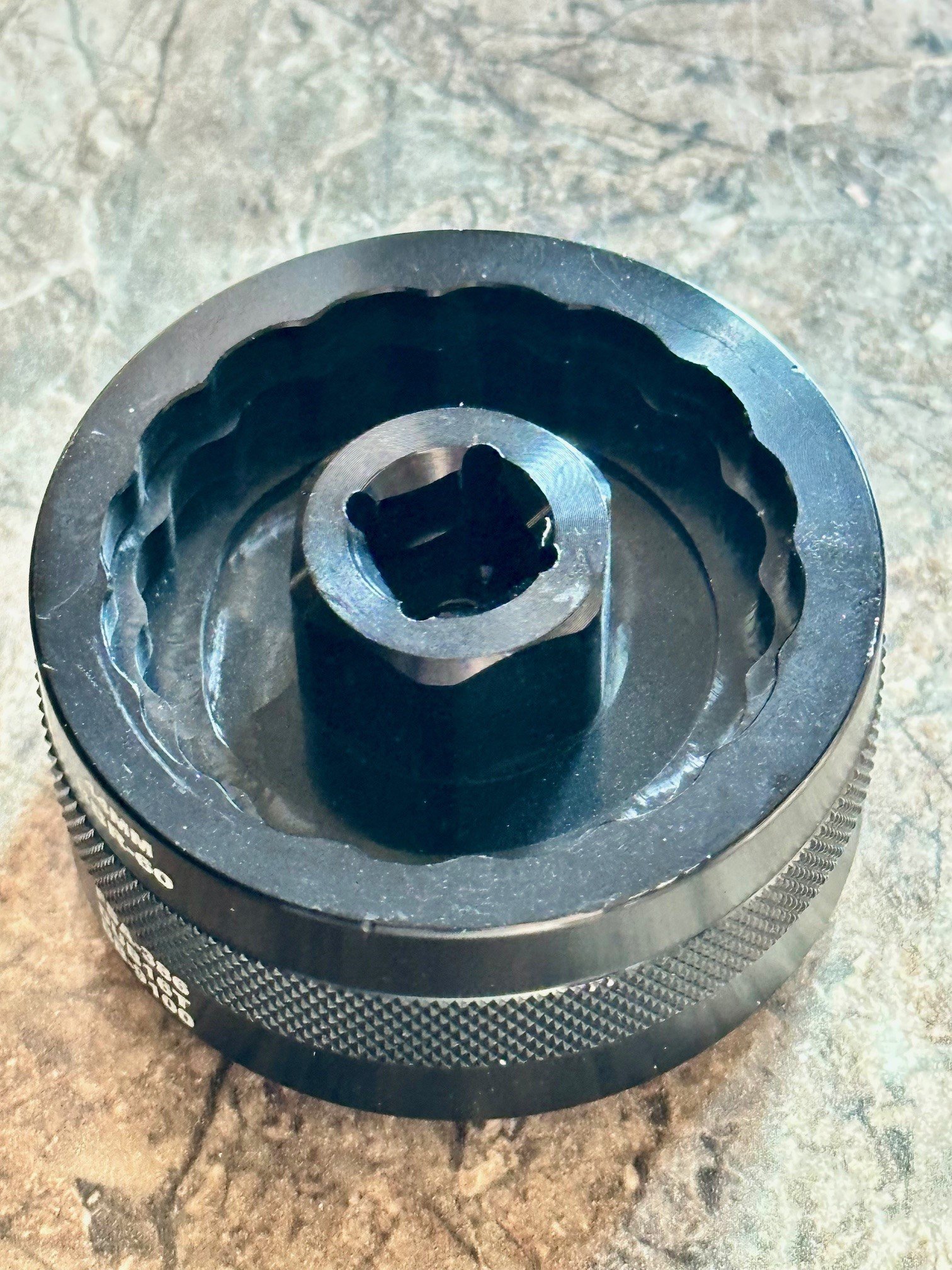
Toopre TL-221 Bottom bracket removal tool, 5 in 1 tool for £5.85 inc shipping from Temu! Thought Id try it out for the price, Quality seems ok, tried it on 4 different bottom brackets and fitted snug and tights and looks and feels up to the job! 44mm BBR60 FSA-386 DUB16t BB-9100





